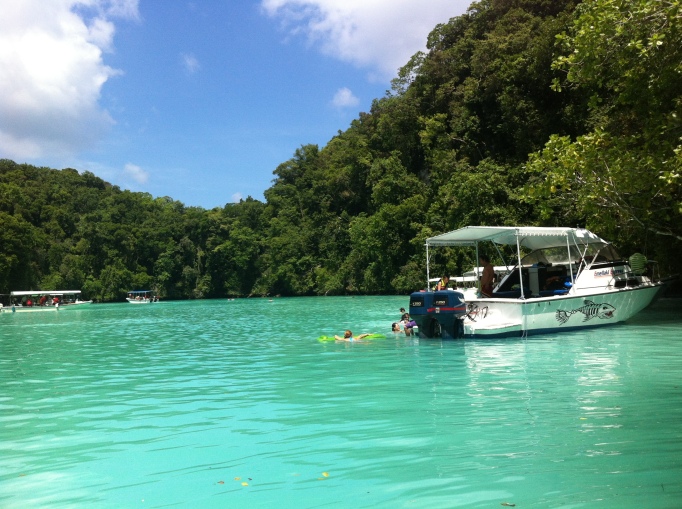Before moving on to the next destination, people always ask where I’m going next. When Taiwan was the answer, I always got a positive respone. People love this island and Taipei city, so I grew more and more excited to go. I had stalked the weather forecast for a while and knew it’d be around 20`C, and that the cherry blossoms were starting to bloom. I didn’t expect it to be so humid , and sometimes windy, so the 20` quickly felt like 10` since the sun rarely shone through. It’s a weird sky in Taipei, gloomier than a London gray, but not as thick as Delhi brown. It didn’t feel foggy or polluted, but the sky was heavy and no pictures turned out well in that kind of lighting.
Still I loved Taipei too. It’s always intimidating traveling in a country whose language you cant speak and alphabet you can’t read, but most people knew enough words in English to help me out when I needed to communicate. It’s a tourist friendly city to visit, with cheap and regular public transport taking you anywhere you’d want by train, bus or free bicycle. There was free wifi nearly everywhere, one which was connected to my passport number. There was a free youth pass for people aged 18-30, which is so much better than the European under 26 rule (says the newly turned 28 year old). There was free hot and cold water stations in most public areas or tourist attractions, and every temple, palace and museum I visited was free except for the Taipei 101 tower top floor.
The number of markets, and different types, was overwhelming. There were tourist markets, night markets, fish markets, flower markets, and jade markets, all spread out all over the city, and each and every market sold delicious cheap street food and a hundred varieties of teas. You could buy soup, wontons, dimsum, tempura, meat on a stick, sweet buns, fried noodles, Nutella crepes, or a whole squid on a stick for $3. Sometimes the market was hidden down a pedestrian alley, and sometimes it was in the middle of the road, but they were always crowded and easily reachable.
If you’ve ever been to Chinatown in Manhattan, imagine an entire city of Chinatowns and you’ve got Taipei. My favourite part of Taipei was all the shiny streets and lights balanced out by huge parks and green spaces. Even the garbage trucks were pleasant, since they drove thru the streets playing Fur Elise on a loudpseaker, which reminds me of the icecream trucks in Canada that play The Entertainer. The highlight of my visit was when the Taipei Symphony Orchestra gave a free concert in Daan Park, where they played only the most famous and beautiful songs on an open-air stage. That was the one day it actually hit 20` so it was warm enough to sit outside, but a little bit of rain cancelled the last few songs and I biked home along the streets which turned into mirrors reflecting all the shiny bright city lights. I got a little too into it when I skidded to late for a stop light and crashed my bike into the curb… the bike survived, but not quite my knee. I also think I got lice from my couchsurfer’s dog, but atleast they’ve both left little scars that tell a good story.














